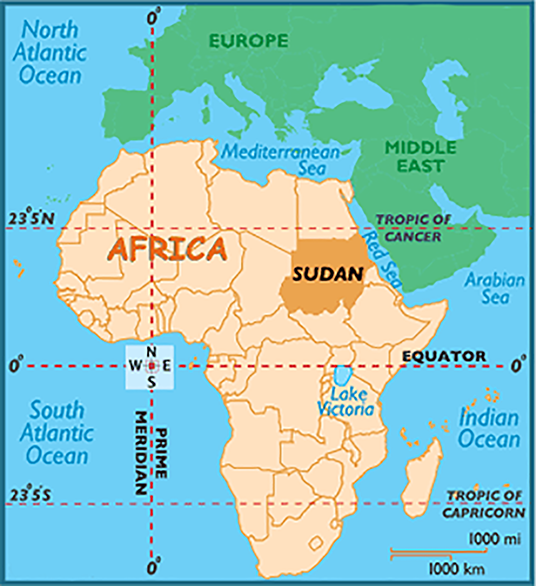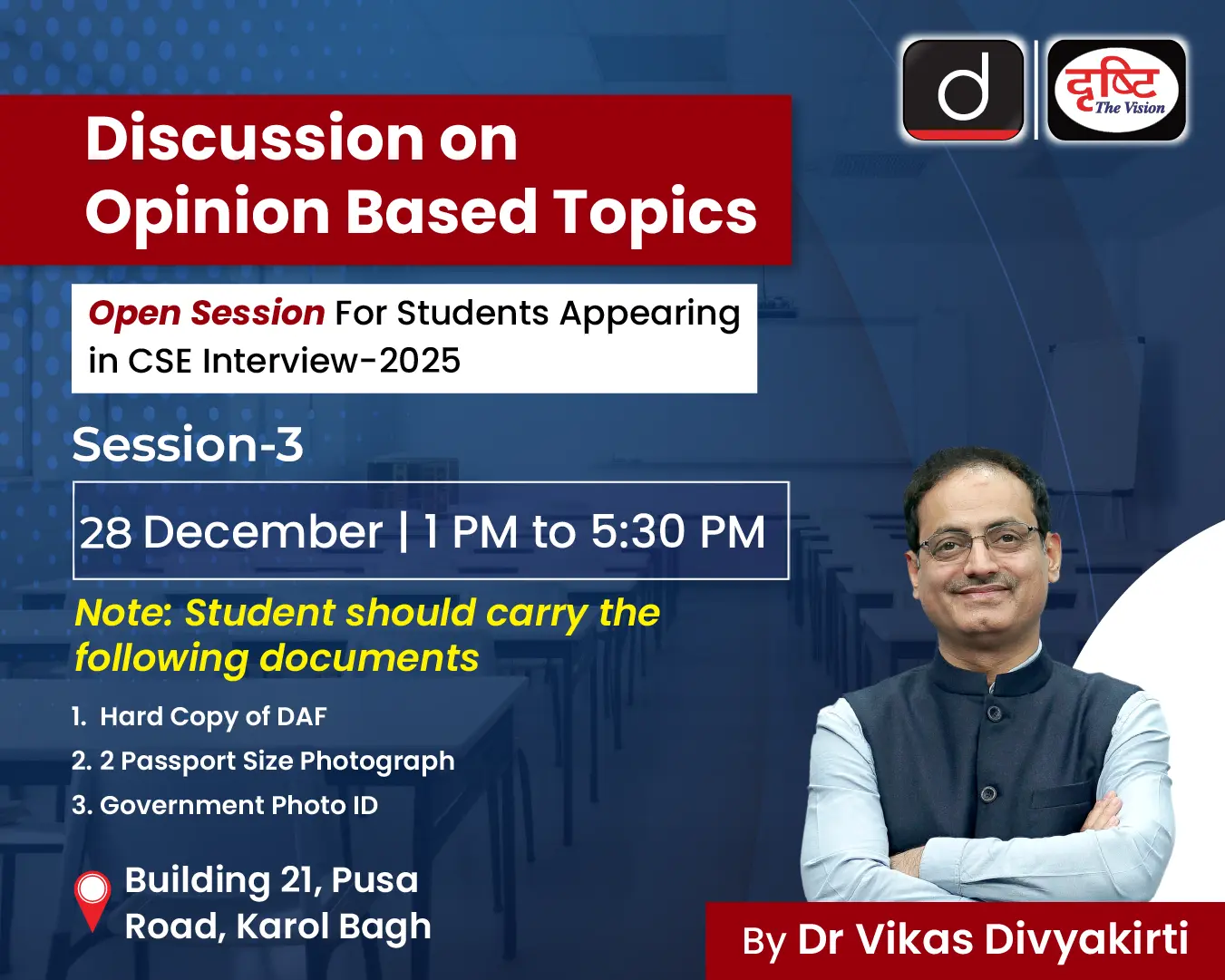International Relations
Sudan Crisis and Operation Kaveri
- 25 Apr 2023
- 13 min read
For Prelims: Red Sea, Nile River, Sudan Crisis, Operation Kaveri, Rapid Support Forces
For Mains: Factors contributing to the crisis in Sudan, and the possible implications for India's foreign policy in the region.
Why in News?
India has started ‘Operation Kaveri’ to evacuate its nationals owing to the Current Crisis in Sudan.
- Around 3,000 Indians are stuck in various parts of Sudan, including capital Khartoum and in distant provinces like Darfur.
What is Operation Kaveri?
- Operation Kaveri is a codename for India's evacuation effort to bring back its citizens stranded in Sudan amid intense fighting between the army and a rival paramilitary force there.
- The operation involves the deployment of Indian Navy's INS Sumedha, a stealth offshore patrol vessel, and two Indian Air Force C-130J special operations aircraft on standby in Jeddah.
- There are about 2,800 Indian nationals in Sudan, and there is also a settled Indian community of about 1,200 in the country.

What is the Current Crisis in Sudan?
- Background:
- The conflict in Sudan has its roots in the overthrowing of long-serving President Omar al-Bashir by military generals in April 2019, following widespread protests.
- This led to an agreement between the military and protesters, under which a power-sharing body called the Sovereignty Council was established to lead Sudan to elections at the end of 2023.
- However, the military overthrew the transitional government led by Abdalla Hamdok in October 2021, with Burhan becoming the de-facto leader of the country and Dagalo his second-in-command.
- Tussle between Army and RSF:
- Soon after the 2021 coup, a power struggle between two military (SAF) and paramilitary (RSF) generals arose, interrupting a plan to transition to elections.
- A preliminary deal was reached in December 2021 for a political transition, but negotiations hit a roadblock over the integration of the paramilitary Rapid Support Forces (RSF) with the Sudanese Armed Forces (SAF), due to disagreements over the timetable and security sector reforms.
- Tensions escalated over the control of resources and RSF integration, leading to clashes.
- There was disagreement over how the 10,000-strong RSF should be integrated into the army, and which authority should oversee that process.
- Also, Dagalo (RSF general) wanted to delay the integration for 10 years but the army said it would take place in the next two years.
- Soon after the 2021 coup, a power struggle between two military (SAF) and paramilitary (RSF) generals arose, interrupting a plan to transition to elections.
What is RSF?
- The RSF is a group, evolved from Janjaweed militias, which fought in a conflict in the 2000s in the Darfur region in West Sudan nearing the Border of Chad.
- Over time, the militia grew and made into the RSF in 2013, and its forces were used as border guards in particular.
- In 2015, the RSF along with Sudan’s army began sending troops to fight in the war in Yemen alongside Saudi and Emirati forces.
- In addition to the Darfur region, the RSF was deployed to states such as South Kordofan and the Blue Nile, where it was accused of committing human rights abuses.
- In a 2015 report, Human Rights Watch described its forces as “men with no mercy”.
What are the Repercussions of the Current Crisis?
- Difficulty in Democratic Transition: The battle between the army and RSF has likely made Sudan’s transition to democracy more difficult.
- It is anticipated the tussle may transform into a wider conflict leading to the country’s collapse.
- Economic Crisis: Sudan’s economy is struggling, battered by hyperinflation and crippled by massive foreign debt.
- Billions of dollars given in international support and debt relief were frozen after the ouster of the Hamdok government.
- Disturbance in Neighbouring Countries: Since Sudan's location borders seven countries, this conflict may spill over into neighboring countries and destabilize the region. Chad and South Sudan are particularly vulnerable.
- The situation could lead to major external intervention if the fighting continues. Refugees from Sudan's contested areas have already arrived in Chad.
How are India-Sudan Relations?
- Strategic Significance of Sudan:
- Sudan is located in Northeast Africa and is the third largest African Nation.
- Owing to its strategic location on the Red Sea, access to the Nile River, the vast swath of gold reserves and agriculture potential, it has long been coveted by the outside powers, including its neighbours, the Gulf countries, Russia and the Western nations.
- Bilateral Projects:
- It had already implemented 49 bilateral projects through concessional lines of credit worth USD 612 million in areas such as energy, transport, and agribusiness industry in Sudan in 2021.
- Support in Juba Peace Agreement:
- India supported Sudan's efforts to form a transitional government and also supported the Juba Peace Agreement signed by the government in October 2020.
- Chad, UAE and Intergovernmental Authority on Development (IGAD) were the guarantors, while Egypt and Qatar were witnesses to the peace deal.
- The agreement covered various areas such as governance, security, and justice and was important for future constitutional negotiations.
- India also supported including armed movements from outside in the negotiation process and a national plan for civilian protection with 1,200 personnel.
- India supported Sudan's efforts to form a transitional government and also supported the Juba Peace Agreement signed by the government in October 2020.
- Indian Technical and Economic Cooperation:
- Under the Indian Technical and Economic Cooperation (ITEC) India offered 290 scholarships to Sudan towards capacity building. Besides, India had offered humanitarian assistance including food supplies to Sudan in 2020.
- Bilateral Trade:
- Over the years, the bilateral trade between India and Sudan has grown from USD 327.27 million in 2005-06 to USD 1663.7 million in 2018-19.
- India’s investments in Sudan and South Sudan were roughly USD 3 billion, out of which USD 2.4 billion was invested in the petroleum sector from ONGC Videsh, a public sector undertaking.
| What are the Evacuation Operations carried out by India? | |
| Operation Ganga (2022): |
|
| Operation Devi Shakti (2021): |
|
|
|
|
|
|
Evacuation from Brussels (2016): |
|
| Operation Raahat (2015): |
|
|
Operation Maitri (2015): |
|
|
Operation Safe Homecoming (2011): |
|
|
Operation Sukoon (2006): |
|
|
1990 Kuwait Airlift (1990): |
|
Way Forward
- Since India cannot depend only on West Asian countries such as Iran, Iraq, and Saudi Arabia that constitute the global energy heartland, it has consciously cultivated relations with oil-rich African states like Sudan, Nigeria, and Angola to meet its growing energy demands.
- It will be important for India to protect its investments, trade and other interests in the Horn of Africa.
- The Red Sea region is crucial to India’s maritime security strategy.
- In view of the existing structures of Indo-Sudanese ties and Sudan’s location in the Horn of Africa, India needs to guard its trade, investments, and interests in the region before taking any hasty step of recognising the new regime.
UPSC Civil Services Examination Previous Year Question (PYQ)
Q. Very recently, in which of the following countries have lakhs of people either suffered from severe famine/acute malnutrition or died due to starvation caused by war/ethnic conflicts? (2018)
(a) Angola and Zambia
(b) Morocco and Tunisia
(c) Venezuela and Colombia
(d) Yemen and South Sudan
Ans: (d)







